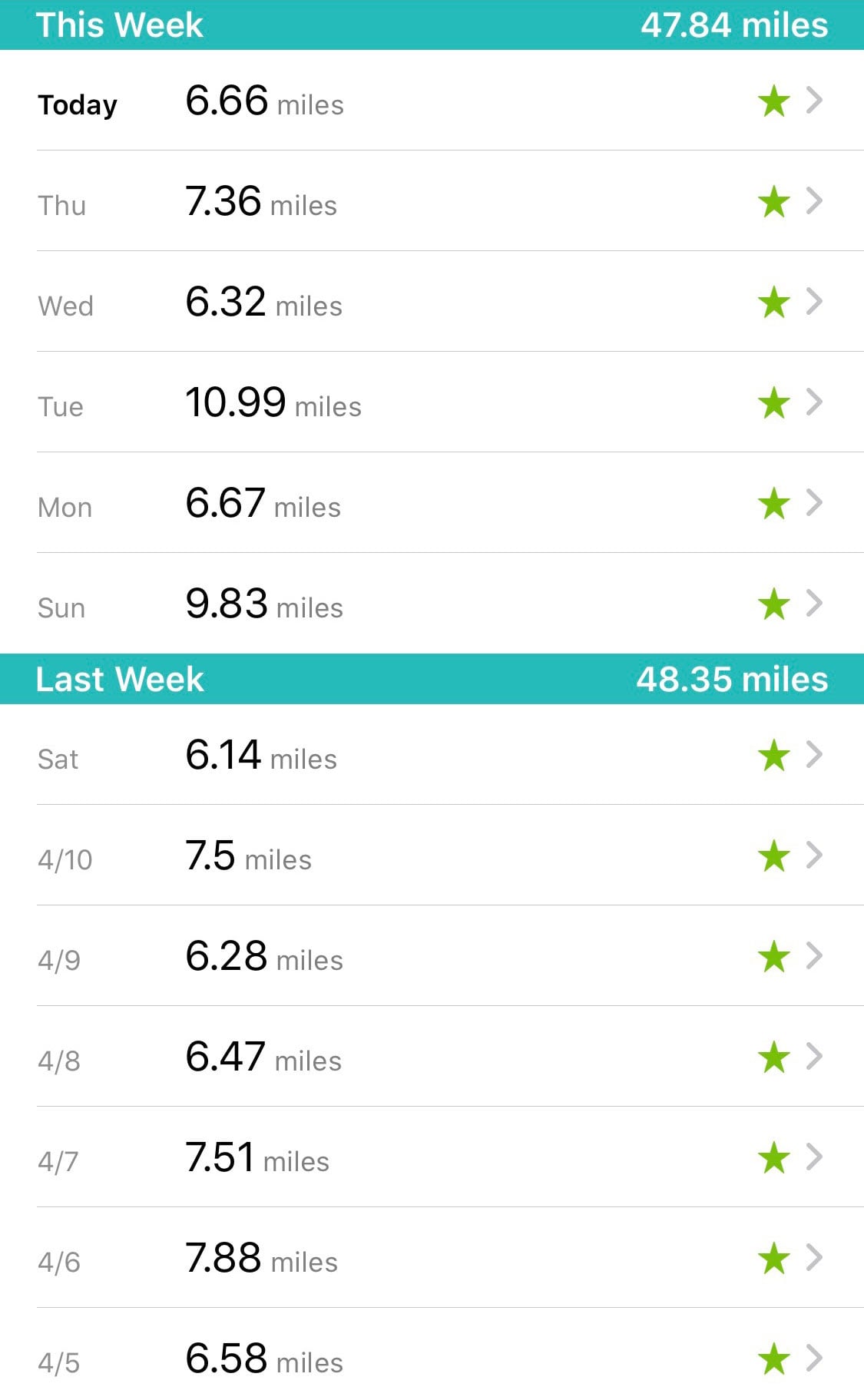When planning a commute or a road trip, one of the most common questions is: “How long does it take to drive 25 miles?” The answer isn’t as straightforward as it might seem, as several factors influence driving time. From traffic conditions and speed limits to road construction and weather, there are numerous variables that can affect how long your journey takes. In this article, we’ll explore these factors in detail and provide practical advice to help you estimate your travel time accurately.
Understanding the Basics: Speed and Time

At first glance, the relationship between distance and time seems simple. If you’re traveling at a constant speed of 60 miles per hour (mph), then 25 miles would take about 25 minutes. However, real-world driving rarely allows for such perfect conditions. Most drivers will find that their actual travel time varies depending on the roads they take and the traffic they encounter.
For example:
– At 25 mph, 25 miles could take an hour.
– At 35 mph, the trip might take around 43 minutes.
– At 45 mph, it could be closer to 33 minutes.
– And at 65 mph, the drive might only take 23 minutes.
These numbers give a general idea, but they don’t account for the unpredictable nature of road travel.
Key Factors That Influence Driving Time

Several key factors can significantly impact how long it takes to drive 25 miles:
-
Road Type: Highways typically allow for faster travel compared to local roads or residential streets. If your route includes a mix of highways and side roads, your total travel time may increase.
-
Traffic Conditions: Rush hour, accidents, or construction can cause major delays. Even if you’re driving at the posted speed limit, stop-and-go traffic can add significant time to your commute.
-
Weather: Rain, snow, or fog can reduce visibility and force drivers to slow down. In extreme cases, weather conditions may even lead to road closures, which can drastically alter your travel time.
-
Route Choice: Some routes may be shorter in distance but slower due to frequent stops, traffic lights, or congestion. Others may be longer but faster because they avoid heavy traffic.
-
Personal Habits: If you tend to make multiple stops—such as for coffee, gas, or meals—your travel time will naturally increase. Planning ahead and minimizing unnecessary stops can help keep your commute efficient.
Tips for Accurate Commute Planning
To get a better sense of how long it will take to drive 25 miles, consider the following tips:
-
Test Your Route: Before committing to a new job or making a regular commute, plan a test run. Use a GPS app or map service to track your time and see how traffic affects your travel.
-
Check for Construction: Road construction can cause unexpected delays. Check local transportation websites or apps like Waze to stay informed about detours and road closures.
-
Monitor Weather and Events: Special events, such as concerts or sporting events, can create traffic jams. Similarly, severe weather can impact road conditions. Always check the forecast and local news before heading out.
-
Use Traffic Apps: Tools like Google Maps, Apple Maps, or Waze provide real-time traffic updates and can suggest alternative routes based on current conditions.
-
Be Realistic: Even with the best planning, some days will be slower than others. Build in a buffer of 10–15 minutes to account for unexpected delays.
The Role of Expertise in Driving Time Estimation
Companies like Jerry have dedicated teams of experts who specialize in car insurance, auto loans, and vehicle maintenance. These professionals understand the importance of accurate travel time estimation when it comes to daily commutes and long-term financial planning. Their insights are invaluable for drivers looking to manage their time effectively and avoid costly surprises.
Amy Bobinger, an expert insurance writer and editor at Jerry, emphasizes the importance of thorough research when planning a commute. “Understanding your route and potential delays can save you time and stress,” she says. “It’s all about being prepared.”
Kevin Berry, Senior Director of Content at Jerry, adds, “Whether you’re commuting to a new job or planning a weekend getaway, knowing how long it takes to drive 25 miles can help you make more informed decisions about your schedule and budget.”
Conclusion
In conclusion, while the basic calculation of driving 25 miles at 60 mph is 25 minutes, the reality is far more complex. Traffic, road conditions, weather, and personal habits all play a role in determining how long your trip will take. By understanding these factors and using tools like traffic apps and route planners, you can make your commute more efficient and less stressful.
Remember, the best way to know exactly how long it will take to drive 25 miles is to experience it yourself. Plan your route, test it out, and adjust your expectations based on real-world conditions. With a little preparation, you’ll be able to navigate your daily commute with confidence and ease.



